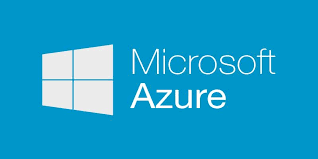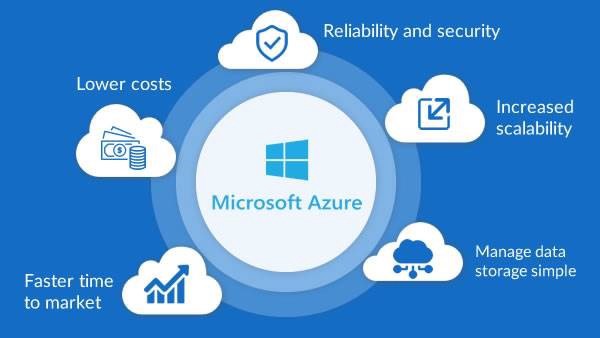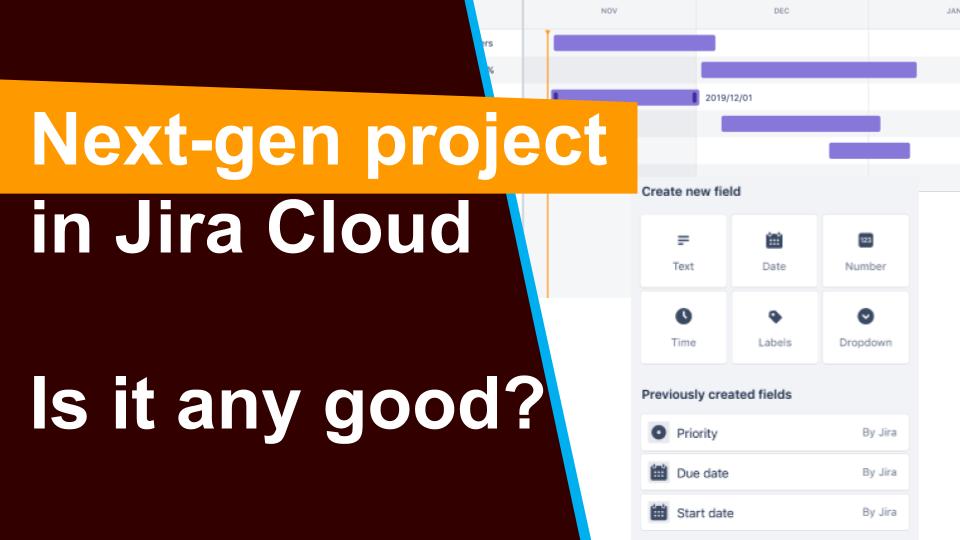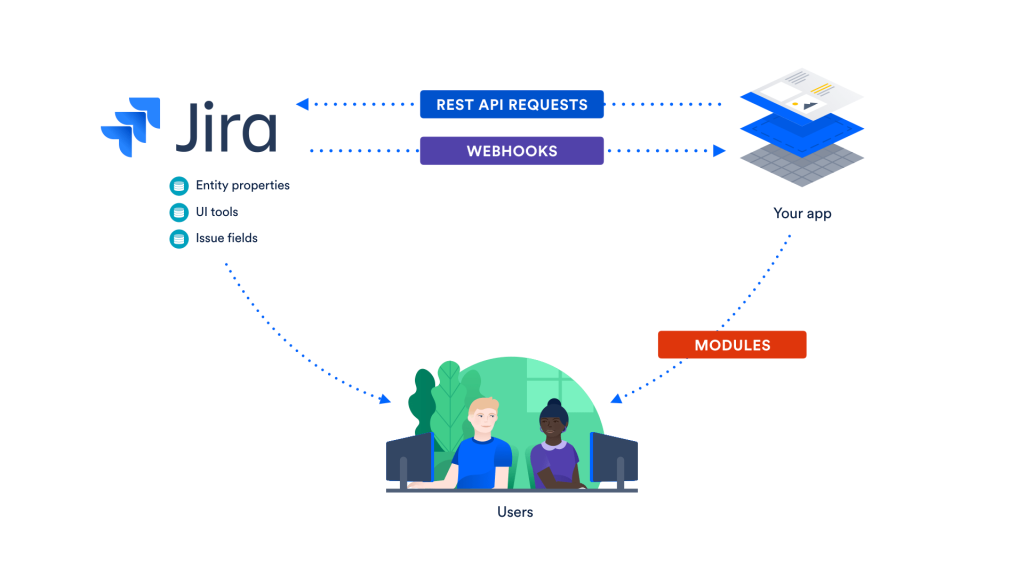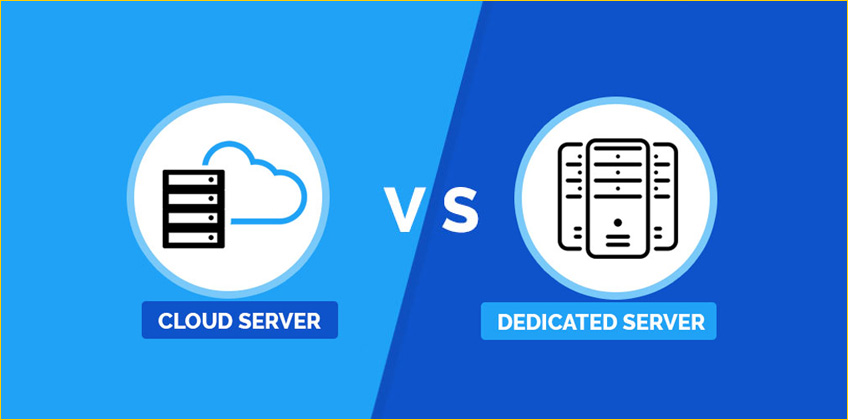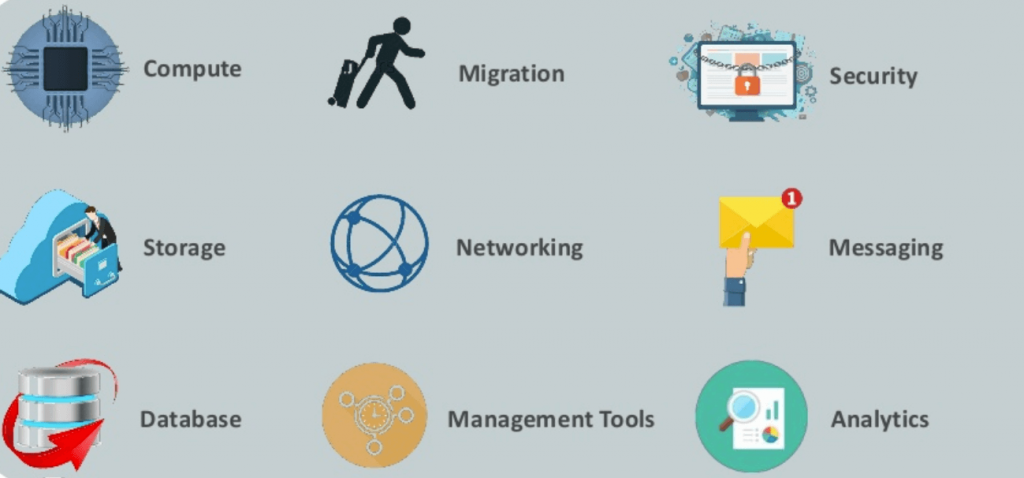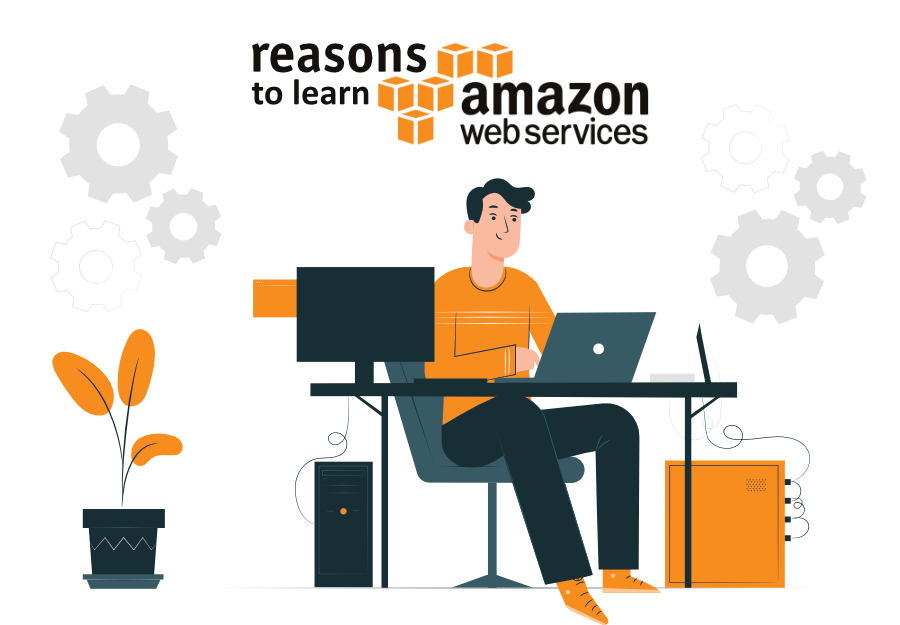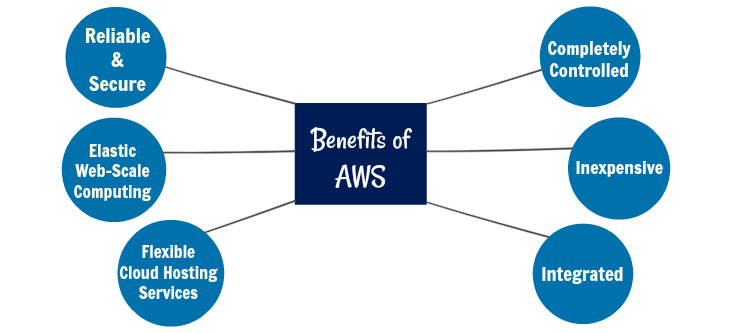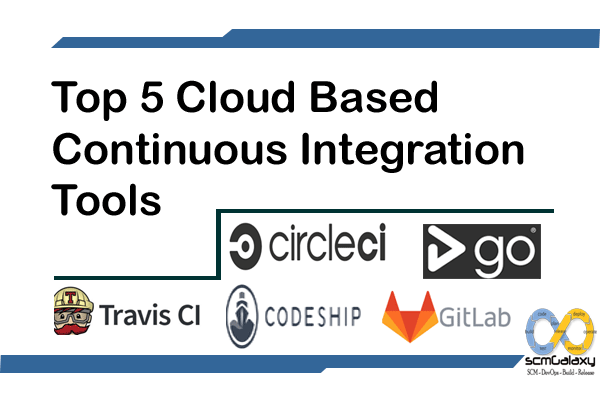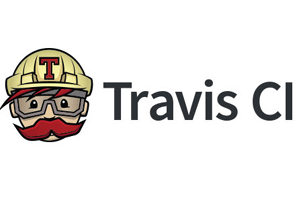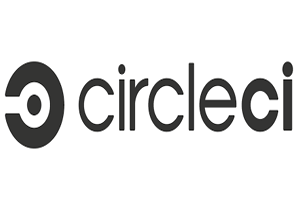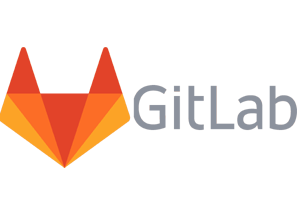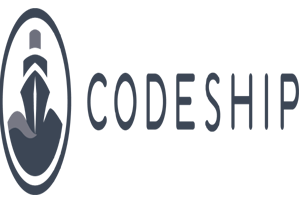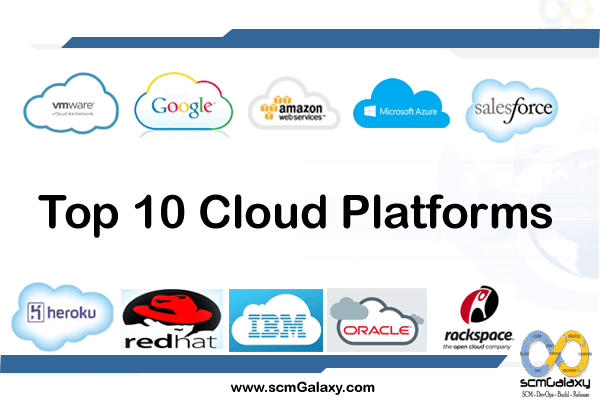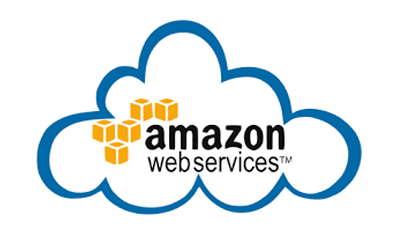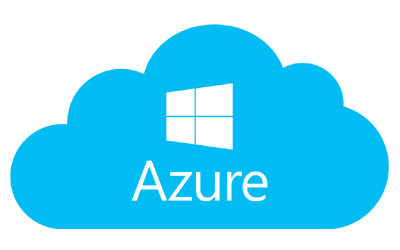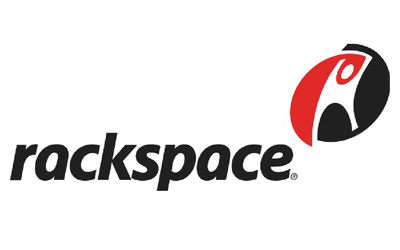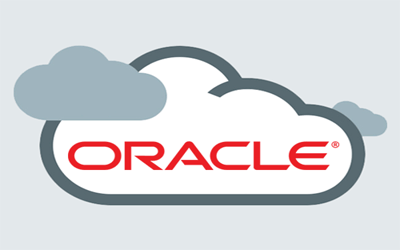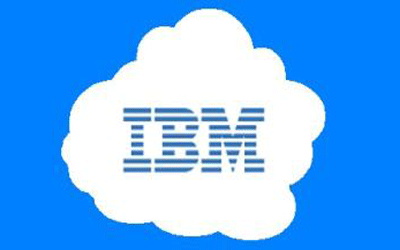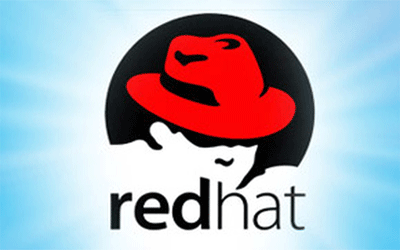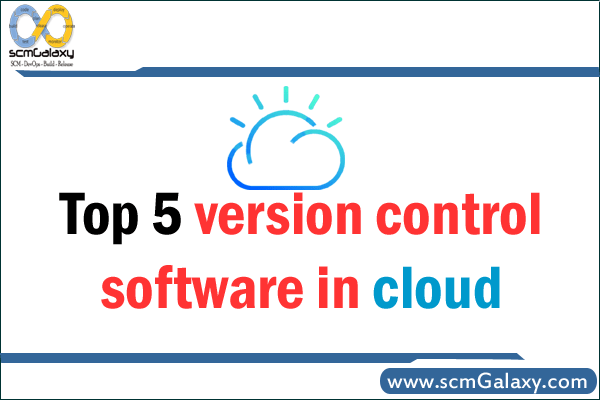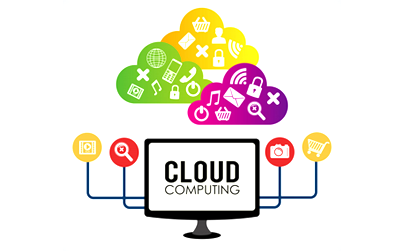
What is Cloud Computing?
Cloud computing stores and accesses data and programs over the internet instead of hard drives, physical servers, or personal computers. In its simplest terms, cloud computing uses a network of remote servers to store, manage, and process data instead of relying on local storage devices like hard drives. A cloud is essentially a group of servers that are accessible online to store and share information.
Cloud computing is used by individuals and businesses alike to store their data remotely and access it from any computer or device with an internet connection. For example, with cloud computing, you can send files back and forth while working with colleagues, access your photos on your phone or computer, or even use programs like Google Docs or Microsoft Word. Using the cloud means that the servers you’re using are not located in the exact physical location as you are; they’re accessible via the internet, making them more accessible and secure. Also, you can store your data and backup essential files in case of a disaster.
Cloud Computing Platform
The operating system and hardware of a server in an Internet-based data center are referred to as a cloud platform. It enables remote and large-scale coexistence of software and hardware devices. The distribution of various services through the Internet is what a cloud computing platform is. This is a common definition of a cloud computing platform. These resources include data storage, servers, databases, networking, and software, among other tools and applications.
Cloud-based storage allows you to store files in a distant database rather than maintaining them on a proprietary hard drive or local storage device. As long as an electronic device has internet connectivity, it has access to the data as well as the software applications needed to run it. People and businesses are increasingly turning to cloud computing platforms for a variety of reasons, including cost savings, enhanced productivity, speed and efficiency, performance, and security.
Some popular cloud computing platforms include:
- Amazon Web Services (AWS)
- Microsoft Azure
- Google Cloud Platform (GCP)
- Alibaba Cloud
- IBM Cloud
- Oracle Cloud
- Salesforce
- VMware Cloud
- Tencent Cloud
- DigitalOcean
1. Amazon Web Services (AWS):
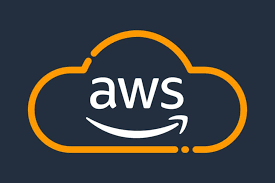
AWS is a comprehensive cloud platform offered by Amazon. It provides a wide range of services, including computing power, storage, databases, networking, machine learning, and analytics.
Key features:
- Compute Services: AWS provides a range of computing services, including Amazon Elastic Compute Cloud (EC2) for scalable virtual servers, AWS Lambda for serverless computing, and AWS Batch for batch computing workloads.
- Storage Services: AWS offers multiple storage services, such as Amazon Simple Storage Service (S3) for object storage, Amazon Elastic Block Store (EBS) for block-level storage volumes, and Amazon Glacier for long-term data archival.
- Database Services: AWS provides a variety of database services, including Amazon Relational Database Service (RDS) for managed relational databases, Amazon DynamoDB for NoSQL databases, and Amazon Redshift for data warehousing.
2. Microsoft Azure:
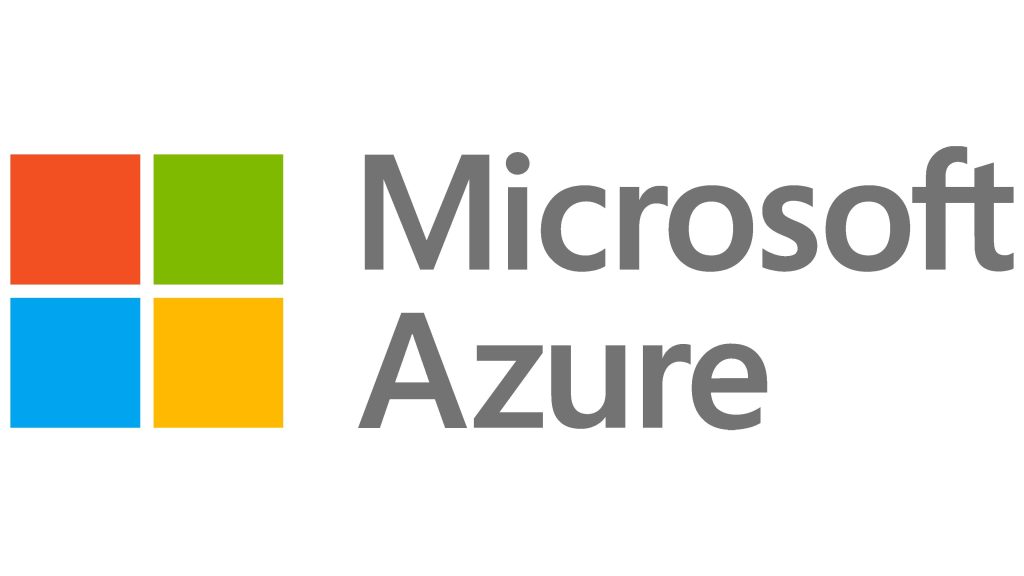
Azure is Microsoft’s cloud platform that offers a broad set of services for building, deploying, and managing applications and services. It includes capabilities for virtual machines, storage, databases, AI, analytics, and more.
Key features:
- Virtual Machines: Azure provides virtual machines (VMs) that offer scalable computing power, allowing users to run a wide range of operating systems and applications in the cloud.
- Azure App Service: This feature allows users to build, deploy, and scale web and mobile applications easily. It supports multiple programming languages and frameworks.
- Azure Functions: Azure Functions enables serverless computing, allowing users to run code without managing infrastructure. It automatically scales based on demand and charges only for the actual execution time.
3. Google Cloud Platform (GCP):
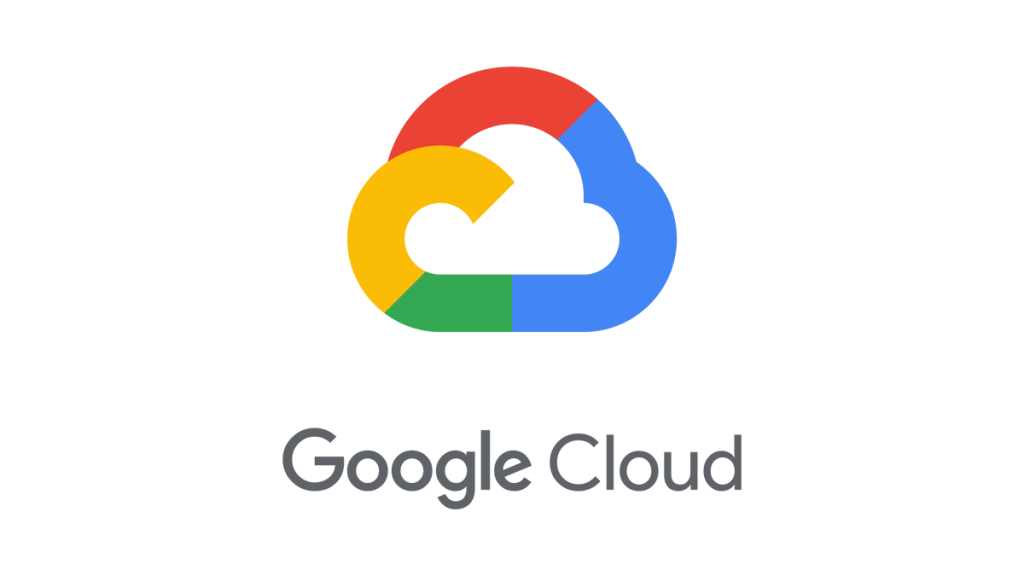
GCP is Google’s cloud computing platform that offers a suite of cloud services, including computing, storage, databases, machine learning, and data analytics. It also provides tools for big data processing and IoT applications.
Key features:
- Compute Engine: Compute Engine provides virtual machines (VMs) with flexible configurations and high-performance computing options. Users can choose from predefined machine types or create custom machine types.
- App Engine: App Engine is a fully managed platform that allows developers to build and deploy scalable web applications and APIs. It automatically scales applications based on demand and handles infrastructure management.
- Kubernetes Engine: Kubernetes Engine is a managed container orchestration service based on Kubernetes. It simplifies the deployment, management, and scaling of containerized applications.
4. IBM Cloud:

IBM Cloud is an enterprise-grade cloud platform that offers a range of services, including compute, storage, AI, blockchain, and IoT. It focuses on hybrid cloud deployments, allowing businesses to integrate their existing infrastructure with cloud resources.
Key features:
- Virtual Servers: IBM Cloud provides virtual server instances known as IBM Virtual Servers, offering flexible configurations and a wide range of compute options.
- Kubernetes Service: IBM Kubernetes Service is a managed container orchestration platform based on Kubernetes. It simplifies the deployment, management, and scaling of containerized applications.
- Cloud Object Storage: IBM Cloud Object Storage offers scalable and durable object storage for storing and retrieving unstructured data. It provides flexible storage tiers and global data availability.
5. Oracle Cloud:
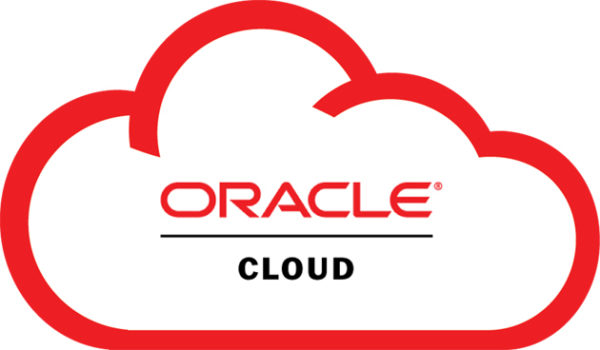
Oracle Cloud provides a set of cloud services, including infrastructure as a service (IaaS), platform as a service (PaaS), and software as a service (SaaS). It offers solutions for database management, application development, analytics, and more.
Key features:
- Compute: Oracle Compute provides virtual machine instances with customizable configurations and options for both Intel and AMD processors. It offers high-performance computing capabilities.
- Autonomous Database: Oracle Autonomous Database is a fully managed and self-driving database service. It uses AI and machine learning to automate database management tasks, such as patching, tuning, and backups.
- Object Storage: Oracle Object Storage provides scalable and durable object storage for storing and retrieving unstructured data. It offers high durability and data protection capabilities.
6. Alibaba Cloud:
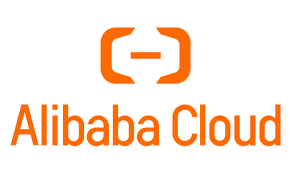
Alibaba Cloud is the cloud computing arm of Alibaba Group, one of the largest e-commerce companies. It offers a wide range of services, including computing, storage, networking, security, and big data processing. It is prevalent in China and Asia.
Key features:
- Elastic Compute Service (ECS): Alibaba ECS offers scalable virtual server instances with flexible configurations. It provides a wide range of instance types and allows users to customize CPU, memory, storage, and networking resources.
- Object Storage Service (OSS): Alibaba OSS provides scalable and secure object storage for storing and retrieving large amounts of unstructured data. It offers high durability, availability, and low latency.
- ApsaraDB for RDS: ApsaraDB for RDS is a fully managed relational database service that supports various database engines, including MySQL, SQL Server, PostgreSQL, and Oracle. It offers automated backups, high availability, and scalability.
7. Salesforce:
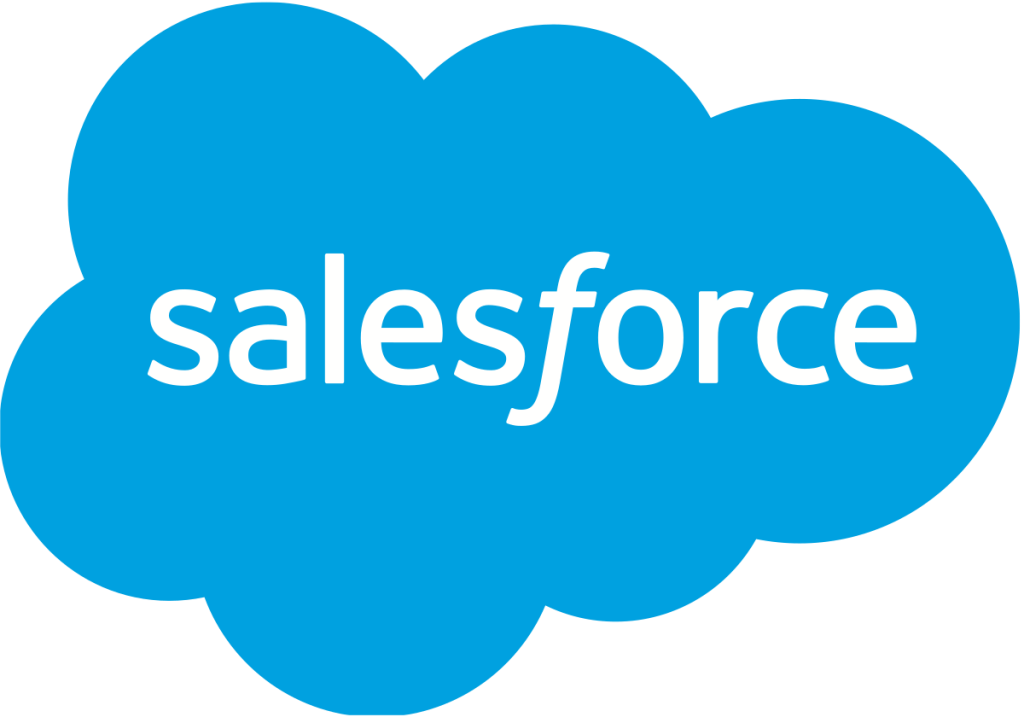
While Salesforce is primarily known for its customer relationship management (CRM) software, it also offers a cloud computing platform known as Salesforce Platform. It allows users to build and deploy custom applications using Salesforce’s infrastructure and services.
Key features:
- Contact and Account Management: Salesforce provides a centralized database to store and manage customer contact information, accounts, and related details. It allows businesses to track each customer’s interactions, activities, and history.
- Sales Opportunity Management: Salesforce offers tools for managing sales opportunities, including tracking leads, managing pipelines, and forecasting sales revenue. It enables sales teams to collaborate, prioritize leads, and close deals more effectively.
- Sales Performance and Analytics: Salesforce provides dashboards and reports to analyze sales performance, track key metrics, and gain insights into the effectiveness of sales efforts. It helps identify trends, forecast revenue, and make data-driven decisions.
8. Huawei Cloud:

Huawei Cloud is a global cloud service provider with a growing presence, offering a wide range of services across various industries.
Key features:
- Elastic Compute Service (ECS): Huawei ECS offers scalable virtual servers with customizable configurations. It provides a wide range of instance types and allows users to easily adjust resources according to their needs.
- Object Storage Service (OBS): Huawei OBS provides highly available and durable object storage for storing and retrieving unstructured data. It supports multiple storage classes and offers flexible data management options.
- Database Services: Huawei Cloud offers various database services, including Relational Database Service (RDS) for MySQL, PostgreSQL, and SQL Server databases, as well as Distributed Relational Database Service (DRDS) for distributed database management.
9. VMware Cloud:
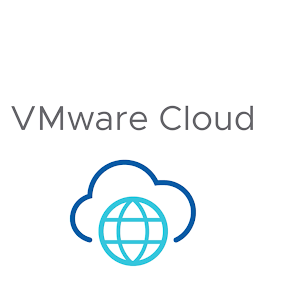
VMware Cloud is a hybrid cloud platform that enables organizations to seamlessly run, manage, and secure applications across multiple clouds and on-premises environments.
Key features:
- VMware Cloud Foundation: VMware Cloud Foundation is an integrated platform that combines compute, storage, networking, and management services into a unified infrastructure stack. It provides a consistent operational experience across private and public clouds.
- VMware vSphere: VMware vSphere is a virtualization platform that enables the creation and management of virtual machines. It provides high-performance compute resources, scalability, and workload mobility across on-premises and cloud environments.
- VMware vSAN: VMware vSAN is a software-defined storage solution that is tightly integrated with vSphere. It aggregates local storage devices and provides distributed shared storage for virtual machines. It offers features like data deduplication, compression, and encryption.
10. Tencent Cloud:
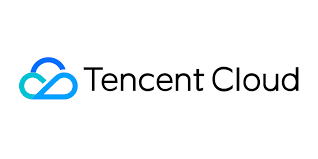
Tencent Cloud is one of the leading cloud providers in China, offering a comprehensive suite of cloud services for businesses and developers.
Key features:
- Elastic Compute Service (ECS): Tencent ECS offers scalable virtual server instances with customizable configurations. It provides a wide range of instance types and allows users to easily adjust resources according to their needs.
- Object Storage Service (COS): Tencent COS provides highly available and durable object storage for storing and retrieving unstructured data. It offers features like automatic tiering, data archiving, and data migration.
- Database Services: Tencent Cloud offers various database services, including TencentDB for MySQL, PostgreSQL, and MariaDB, as well as distributed databases like TDSQL. It provides options for high availability, scalability, and data management.

